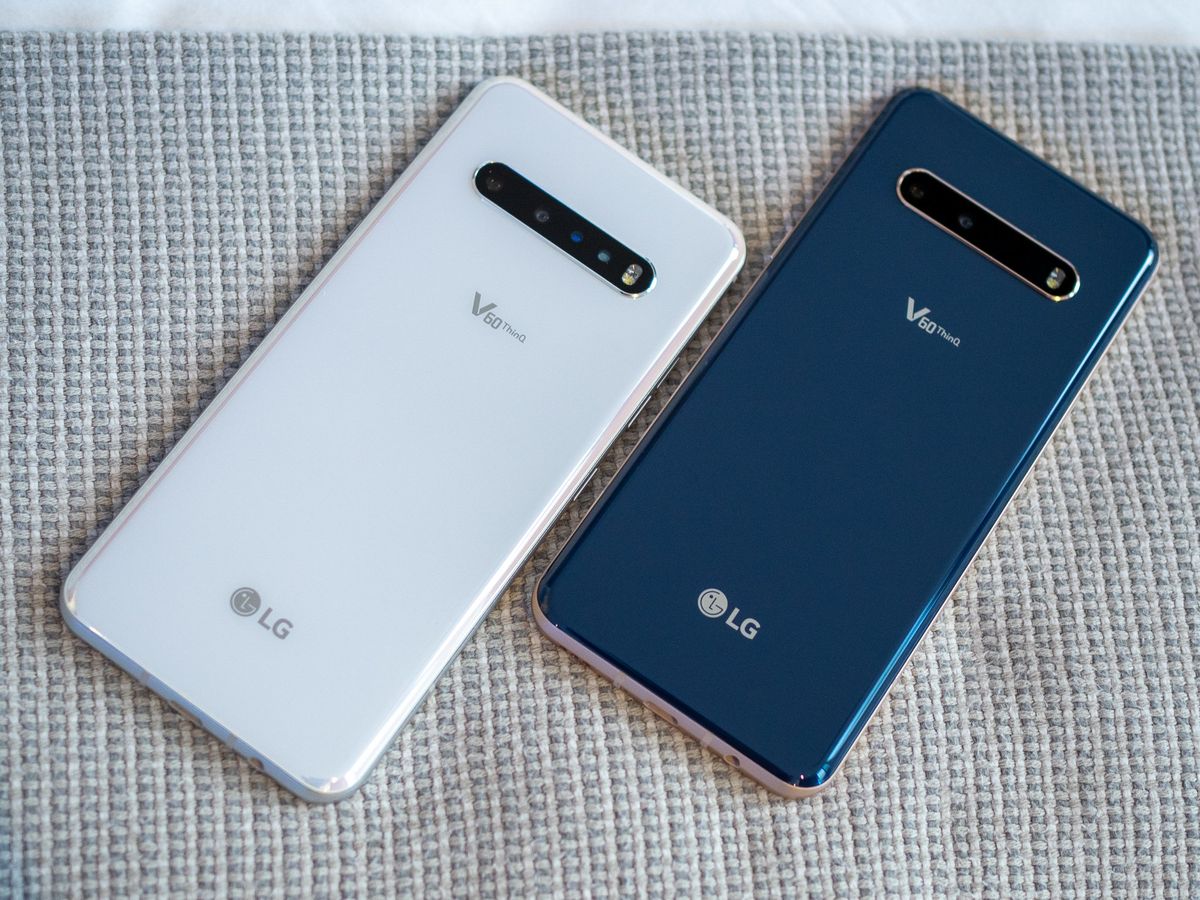
History of LG Mobile Phones
LG, originally known as Lucky-Goldstar, began its journey in South Korea as a major electronics manufacturer in the 1950s. The company entered the smartphone market in the early 2000s with the LG Prada, a device known for its sleek design and touchscreen interface. This innovation set the stage for future advancements.
The G Series
Introduced in 2012, the G series became LG's flagship line, known for high-end features and sleek designs. Notable models include:
- G2, G3, and G4: Each model offered significant improvements. The G4 was the first smartphone to feature a 3D metal body and a Quad HD display.
The V Series
Designed to offer premium features and larger screens, the V series gained popularity with models like:
- V20: Released in 2016, it was known for dual cameras and advanced audio capabilities.
- V30 and V40: These models added new features such as advanced camera systems and improved battery life.
Mid-Range and Budget Segments
LG also catered to mid-range and budget segments with the K series and X series:
- K Series: Models like the K10 and K20 were popular for their affordability and decent performance.
Notable Features of LG Mobile Phones
LG smartphones have always been known for their innovative features and design elements. Here are some of the most notable aspects that set LG apart:
Design
LG consistently led in smartphone design. The use of premium materials like metal and glass made its devices aesthetically pleasing. The G series, for instance, often featured sleek, minimalist designs.
Display
A pioneer in display technology, LG introduced the first Quad HD display in the LG G3. Later models like the V20 and V30 featured OLED displays, offering vibrant colors and deep blacks.
Camera
LG's camera systems were highly regarded for quality and versatility. The V20 was among the first smartphones to feature a dual camera setup with a wide-angle lens and a standard lens, allowing users to capture more in a single frame.
Audio
Passionate about audio quality, LG included advanced audio features like Hi-Fi Quad DACs (Digital-to-Analog Converters) in its smartphones. These DACs enhanced audio quality by providing a more detailed and richer sound experience.
Battery Life
Addressing the concern of battery life, LG incorporated large batteries into its devices. The V series, for example, often featured batteries with capacities ranging from 3000mAh to 4000mAh, providing extended usage times.
Software
Traditionally using Android as its operating system, LG also introduced its own user interface called UX (User Experience). This interface offered additional features like Smart Notice, which provided users with useful suggestions based on their usage patterns.
Accessories
Known for innovative accessories, LG introduced the Dual Screen accessory. This allowed users to attach a secondary screen to their phone, effectively doubling the screen real estate, which was particularly useful for multitasking and productivity.
Challenges Faced by LG in the Mobile Phone Market
Despite its innovative approach and commitment to quality, LG faced significant challenges in the mobile phone market. Here are some key reasons that contributed to its eventual exit:
Financial Struggles
LG's mobile division consistently lost money. Subsidized by profits from other sectors like washing machines and TVs, this was not sustainable long-term. Estimates suggested the division was losing around $100 million annually.
Brand Perception
A series of high-profile issues damaged LG's brand perception. The bootloop problem in devices like the G4 and G5 led to widespread criticism and a loss of customer trust. Combined with poor customer service and lackluster marketing efforts, this further eroded the brand's reputation.
Market Competition
The smartphone market is highly competitive, with major players like Samsung and Apple dominating. LG struggled to compete, particularly in terms of marketing and brand recognition. Samsung's aggressive marketing strategies and strong brand loyalty made it difficult for LG to gain traction.
Technological Advancements
The rapid pace of technological advancements in the smartphone industry made it challenging for LG to keep up. New features and technologies were introduced at an alarming rate, often leaving LG playing catch-up rather than leading the charge.
Potential Return of LG in the Mobile Phone Market
Despite its exit, there are still hopes that LG might return to the smartphone market. A Reddit thread suggests that if enough people request it, LG might reconsider its decision. However, this seems highly unlikely given the significant financial and brand-related challenges the company faced.
If LG were to return, addressing these underlying issues through aggressive marketing campaigns, improved product quality, and a more competitive pricing strategy would be essential. Forming strategic partnerships with other tech giants could also help LG regain its footing in the market.
LG's legacy in the smartphone industry is marked by innovation and a commitment to quality. Despite its eventual exit, the company's influence can still be seen in the features and designs of modern smartphones. Fans of LG can continue to cherish their existing devices and look forward to potential future releases. Whether LG decides to re-enter the market or not, its impact on the tech world will undoubtedly be remembered for years to come.
